.JPG) Allergic To Chapstick Symptoms - chapstick
Allergic To Chapstick Symptoms - chapstickKATTA MDHEALTHIER SKIN with FOOD, SKINCARE, AND LIFESTYLEHOMEMEDIAABOUTSBLOGCONTACTMoreAllergy reactions to the labial and chapstick balms such as the bees of Burt, Eos, Blistex, Carmex and others Updated: Sep 28, 2020 One of my friends recently called me on their swollen lips. She told me they had become extremely cracked, and no matter how much lip balm she used. They could get better for a few hours, but that was it. Only a few hours later and his lips were in a bad state again. This had been happening for several months, and it was quite severe that made it difficult for him to eat and drink his normal foods. I asked him a question. What lip balm are you wearing? It is no wonder that he would have clogged from lip balm to another lip balm, all in an attempt to find one that finally humiliates his lips effectively. Unfortunately, all those lipsticks were probably what kept this reaction going. Dry cut libios It is very common to develop cut lips. It is especially common with winter time. But there are several things that can make your lips cut worse. One of the most dry things you can do to your lips, surprisingly, is licking them. When that saliva evaporates from the surface of her lips, she throws moisture with her. That creates an ever worse cycle of humidity that is followed by dryness. That cycle will eventually lead to cracked and irritated lips. Of course, whether you lick your lips or not, most people will become lipstick and sticks when their lips start to dry. For some people (most people) who work well. Keeps the robbery under control and allows them to return to their normal activities. For others, however, those lipsticks can trigger a chain reaction that can ultimately lead to allergic reactions on the lips. Allergic contact dermatitis of the lips, also known as allergic contact chemolite No matter if it is your face, arms or lips. Whenever your skin barrier is damaged, you are at greater risk of allergic skin reactions. Your skin barrier works very well in most cases. It protects you from temperature changes, physical forces, microbes and all the different skin care ingredients you can contact during the course of a day. In some cases, however, that skin barrier begins to damage. It could be a cut or a burn. It could also be from an eruption or simply from extremely dry skin. What happens next is that you start getting microscopic "cracks" on your skin. So, if you apply a product above that damaged skin barrier, your immune system can "see." And then your immune system can begin to consider it a threat. And then you can develop allergic contact dermatitis to that product. If I'm allergic to my lipstick, how come it doesn't burn when I put it? Allergic contact dermatitis (ACD) is a type of allergic reaction to the skin. The other name for ACD is delayed-type hypersensitivity. The reason it's called "delayed guy" is because it's delayed. In other words, the reaction does not appear immediately. Instead, about 2 to 3 days later (on average) your lips begin to develop an eruption. For some people, that rash is in the form of redness and asphyxiation. For other people, take the form of extreme blows. Other people could develop swollen lips. And other people might even have the eruption spread to the skin around the lips. These are all signs of allergic contact dermatitis, and I am definitely seeing more cases than ever before this type of allergic reaction on the lips. When allergic contact dermatitis occurs on the lips, it is also known as allergic contact chemoitis. Could it be allergic to seafood or peanuts or other foods? When I say allergic reactions of lips, most people immediately think of food. They might think of seafood allergy, peanut allergy, or dairy allergy. But these types of foods often trigger what is known as type 1 allergy, also known as IgE type allergy, immediate. Just as the name suggests, immediate type allergies occur within minutes to hours after exposure to a trigger. In other words, you eat shrimp, and within hours your lips start to get red and swollen and itchy. That is a completely different pathway of the immune system than allergic contact dermatitis. In ACD, it typically takes 2 to 3 days before the eruption appears. It may actually appear as fast as a few hours after the trigger exposure, or while 7 days after the trigger, but on average you will see it 2-3 days after the trigger. And just so it's even harder to find out, once the rash is there, it can take up to 8 weeks to get your skin back to normal. And that's true even if you're never exposed to that same trigger again. In other words, even if you never use that same lipstick again, it might take up to 8 weeks for your lips to return to normal. What are the superior triggers of allergic contact dermatitis of the lips? The most common triggers I see are fragrance and flavor additives. Allergy to fragrance is actually quite complex. It provides more details about fragrance allergy. One of the reasons why it is so complex is that labelling laws in the United States protect the secret formula of fragrances that are added to skin care products. Studies have shown that the word "fragance" on a label can actually indicate the presence of 40 or more individual fragrance additives. These can be natural fragrances or synthetic fragrances. It doesn't really matter, in terms of allergy, if a fragrance is natural or synthetic. Both types can trigger allergic reactions. And fragrance can be in many products that you would never suspect. For example, I tell my patients never to buy Vaseline in the baby's hallway (unless I'm carefully reviewing the ingredient list). Although I often recommend pure Vaseline oil jelly for certain purposes, if you buy in the baby's hallway, you have often added fragrance. Take a look at the product below, which is actually called Vaseline Baby Healing Jelly. In fact, I am very, very careful with any baby product. People like their babies to smell like babies, so baby products have often added fragrance. The same applies for flavors. Specifically, manufacturers do not have to reveal exactly what specific flavors are used in their products. In fact, if you are heading to Target right now and pick up five different balms of lips, you will often find the same exact word on everyone's lists of ingredients: "flavorings". The same types of ingredients can be used as part of fragrance mixtures and flavor mixtures. These ingredients include natural compounds such as Peru's balm, Tolu's balm, vanylline and many others. But remember: you will normally not find these names on any label. Instead, you'll see the word "fragance" or "sweet." In fact, the same compounds are often used as part of "fragance" mixtures and "flavoring" mixtures. That is why some people who react to fragrance additives in their skin care products can also develop reactions to the flavoring additives in their lipsticks. What kind of products can cause a problem? For the lips, the most important problem I see is with the lipstick and the sticks. For a while, I was seeing reactions to the different types of flavor sticks that were out there, like Cherry Chapstick. Then I began to see multiple patients reacting to the flavors used in the lipsticks of Burt's bees. Later, I started to see more reactions to Tom's Maine products. And lately I've been seeing multiple reactions to EOS lipstick. It's not just lip balms, however: mints, mouthwashing and toothpaste can also be a problem. That is because the same flavors found in the lipid balms are also used in other products. That is one of the reasons why so many of my patients with labial ACD are referred to me. They begin to suspect their lip balm, and stop using all the lip balms, but they still experience problems on their lips. That's because they're still using other products, such as toothpaste, mints, mouthwashing, gum, lipstick, lipstick and other products. And all these other products can still contain the same types of flavors. When it comes to toothpaste, for example, there are all kinds of special flavors of great brands like Colgate and Crest. But I'm also seeing boutique brands causing problems, whether this Marvis cinnamon toothpaste or some of Maine's natural toothpaste flavours. I have also seen several patients reacting to the mints and chewing gum, especially products such as the Altoid cinnamon or cinnamon gum. Fragrance and Flavorant Allergy: Why Cinnamon, Tomatoes, Citrus and Chocolate may be a problemSome of my patients do all right: they treat inflammation on their lips with medicationd ointments recommended by their dermatologist. They avoid all balms of lips and sticks except those we recommend. They change their toothpaste, and stop using mints, washbasins and gum. They wait 8 weeks to see results, because they know it may take long before their lips can recover. And at the end of 8 weeks, unfortunately, they continue to deal with extreme redness and the rapture of the lips. For these patients, I will make them avoid certain foods. Why would certain foods be a problem for people who are allergic to balsams and lip flavors? The most common lip ACD trigger I see is to taste additives. Some of them are natural, and are chemically related to certain compounds that are naturally found in certain foods. you have more information about these substances, as well as foods that can be a problem. The main natural substance that can cause problems in the flavors is called balsam of Peru. The main foods containing Peru's balm are cinnamon, tomatoes, citrus and chocolate. Other foods and drinks can also be a problem, such as queues, certain lamas and different spices such as vanilla and nails. Are there other substances I should take care of in my lipstick? There are definitely other potential ACD triggers found in the lipstick. This includes moisturizing ingredients such as lanolin, which is found in Aquaphor, a popular lip moisturizer. Other potential triggers are the chemical sunscreens, which can be found in many lipsticks that list an SPF. And preservatives can also be a problem, especially in lip gloss and lipstick. This may include chemicals such as formaldehyde and methylisothiazolinona. What products should I use? For those with dry, cracked lips and potentially allergic contact dermatitis of the lips, there are several possible options. These are listed below. As an example, an option is the original Vaseline lipstick. This Vaseline product in particular contains only gasoline and a dye approved by the FDA. It contains no fragrance or flavors, which are the superior triggers of allergic reactions of the skin lips. It is very important, however, to choose the right product listed, as many brands have multiple different products that can sound similar. The products listed below do not contain any of the common ACD lip triggers. Dairy products Stop the capsticks (Wood bees, Blistex, Carmex, EOS and all other balms) Stop chewing gum, mitts, mouthwashing Use only pure vaseline oil jelly for lips (without fragrance or flavor) or (can order at 1-800-325-8232) Balm with sun protection: (can order at 1-800-325-8232) Other options are 100% coconut oil and 100% shea butter. Lipsticks Lipstick Rajani Katta is the author of . To receive future updates on preventive dermatology and the role of the diet, . For more information on preventive dermatology and the most recent research © 2020 by Rajani Katta MD
DermNet provides Google Translate, a free machine translation service. Please note that this cannot provide accurate translation in all languages This page was printed on 14/3/2021RANDOMTRANSLATE » » Contact reactions to the lipstick and other washing products Contact reactions to the lipstick and other washing products Author: Dr. Delwyn Dyall-Smith FACD, Dermatologist, 2010.Introduction The lipstick and other lip care products, such as lips, balm/salves, lip gloss, plumbers and sunscreens can cause: Cheilitis is the medical term for inflated lips. A basic lipstick is composed of the stick, , solvent for dyes, preservatives/antioxidants, perfumes/flavories and colors. Other chemical agents can be added for shine, water resistance, sealant, cushioning, texture and wealth. Allergy contact chemistry due to cosmetic lips Who gets allergic contact chiliitis due to cosmetic lips? Pallets and lip care products are the most common cause of women. And since most patients with chemolite are women, this makes these products the most common general source of allergens. Toy makeup can contain high levels and metals, above those recommended for cosmetics, and can play a role in sensitization. Pallets are considered moderate-risk cosmetics for the development of allergic reactions. What are the characteristics of contact reactions to lip care products? The chopsticks and other lip care products are the main causes of the bermela margin, where the skin and red lips are found. Sometimes the reaction extends to the adjacent perioral skin, with or without the involvement of the angles of the mouth. The reaction may occur in acute or more persistent chronic forms. Acute allergic contact chemotherapy may imitate, with swelling and small blisters in minutes of contact with the allergen. The reaction can spread to the face and neck. The chronic form, however, presents with redness, climbing or drying, and itching. This may be associated with mild swelling. Typically starts within contact hours and may persist for days, weeks or months, if the exposure to allergen continues. It has also been reported because of the lipstick. How is allergic chemotherapy diagnosed with lip cosmetics? is research for allergy to contact due to hypersensitivity of type IV (deteriorated). Patch tests should include a series enlarged as perfumes/flavours and other components found in lip care products. It is also important to test the patient's own products as in a significant number of cases the patient only reacts to them. Many cosmetic companies are willing to cooperate with dermatologists to find the specific allergen in their product. They will usually supply deidentified samples that can be used for the patch test and then identify the chemical that gives a positive patch test. This means that the patient knows what to avoid in the future and provides the cosmetics company with information about a possible problem with its product. It is not rare for a patient to react to more than one allergen in lip care products. TreatmentAllergen's devotion usually results in the resolution of inflammation. Sometimes, however, there is more than one contributing factor and it is therefore important to re-evaluate whether cheilitis persists despite not using the identified product. Allergens reported in Eosin lip care products, or a contaminant of it, was the most common allergen identified in the lips until 1960. Since then, eosine has been used less often in the labial pencil formulations and is also more purified, so it is rarely a problem now. The rycinoleic acid, the main component of castor oil, has been identified in several large series of cases as the most common cause of allergic quiilitis due to lip cosmetics. Some other allergens identified in lipstick and lip care products as a cause of allergic reactions of cheilitis: Additional components may include: Irrit contact chemistry due to lipstickness Cheilitis is an irritating diagnosis of exclusion, when research for an allergic cause has been negative, the patient is not atopic and lipid has not been observed (perileeche). Manufacturers avoid well-known irritants, but mild irritants may still be present. Some components of lip care products can be irritating and allergy. Examples of these irritants include olive oil, citral, shell and cinnamon. As with allergic contact chemotherapy, there should be an improvement when the source of irritation is avoided. Lamer lip in response to dryness can continue an irritating dermatitis despite avoiding the original irritant. Urticaria contact due to lipsticks Plomers are cosmetics used to increase the apparent volume of the lips either by vasodilation or hydration. vasodilation can be achieved by one of the three mechanisms: The inflammation of the lip is the desired effect after the use of the lipstick. However, a kiss shortly after the application of the product may result in an undesired transfer of the reaction. [Responsible Content] Related information References In DermNet NZBooks on skin diseases of this topic for inclusion. Sponsored content: Melanomas are notoriously difficult to discover and diagnose. With, we can update and expand the website. Call the sponsors Subscribe to the newsletter Derm Net NZ does not provide an online consultation service. If you have any concerns with your skin or treatment, consult a dermatologist to advise you. Contact us © 2021 DermNet New Zealand Trust. © 2021 DermNet New Zealand Trust. Derm Net NZ does not provide an online consultation service. If you have any concerns with your skin or treatment, consult a dermatologist to advise you.

Allergic Reaction To Chapstick Cure - chapstick
Allergic Reaction To Chapstick Cure - chapstick
Cure a LIP Allergy! Big swollen, cracked & painful lips!! What works, what doesn't - YouTube
What I Use After My Allergic Reaction to Chapstick | Southern Living
Allergic Reaction to EOS Lip Balm: Their 'Natural' Ingredients Under Scrutiny - Kristen Arnett
Allergic Reaction To Chapstick Cure - chapstick
8 Ingredients in Lip Balm & Cosmetics That Cause Allergies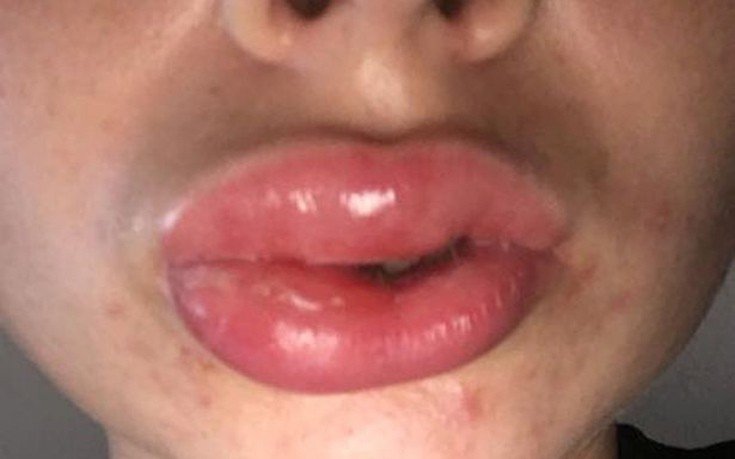
How to Tell If You Are Allergic to Your Lipstick | The Glamorous Woman
Allergic Reaction To Chapstick Cure - chapstick
Am I Allergic to Beeswax? | Zi Zai Dermatology : Zi Zai Dermatology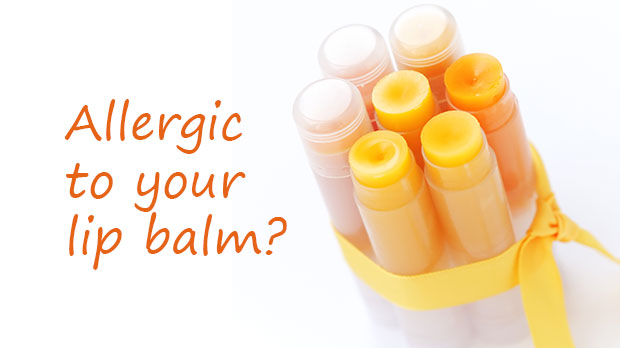
Allergic to your lip balm? NO WAY!!!@#$ | Rave About Skin
What I Use After My Allergic Reaction to Chapstick | Southern Living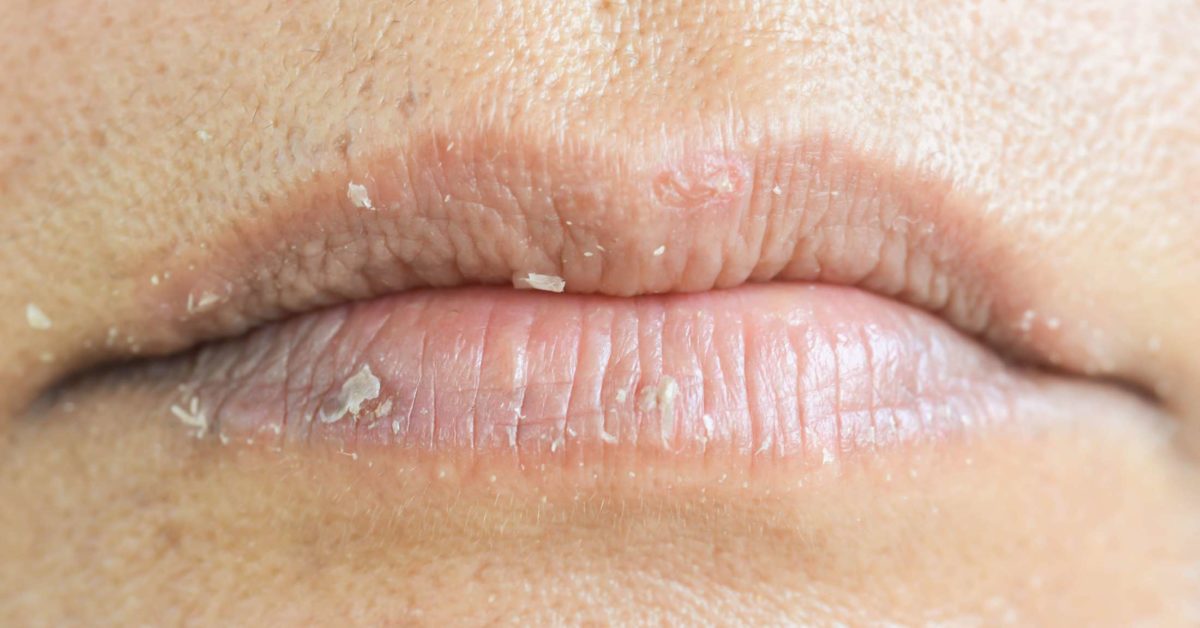
Eczema on the lips: Types, triggers, causes, and treatment
8 Ingredients in Lip Balm & Cosmetics That Cause Allergies
How to avoid chapped lips without lip balm - Quora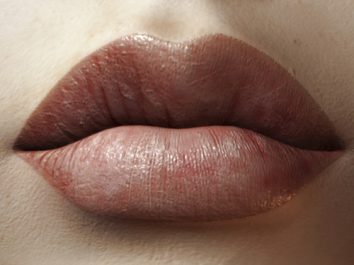
The Common Ingredient In Your Chapstick You Might Be Allergic To - SmartFem Magazine
6 of the Most Common Lip Balm Ingredients That Cause Dry Lips - The Skincare Edit
Allergic Reaction To Chapstick Cure - chapstick
Is Lip Balm Addictive? | Office for Science and Society - McGill University
Lip Balm Allergic Reaction (Page 1) - Line.17QQ.com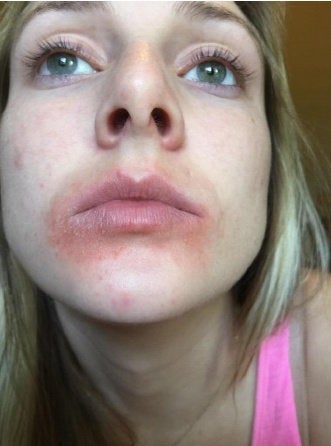
The Health Reason People Are Suing EOS Lip Balm | HuffPost Life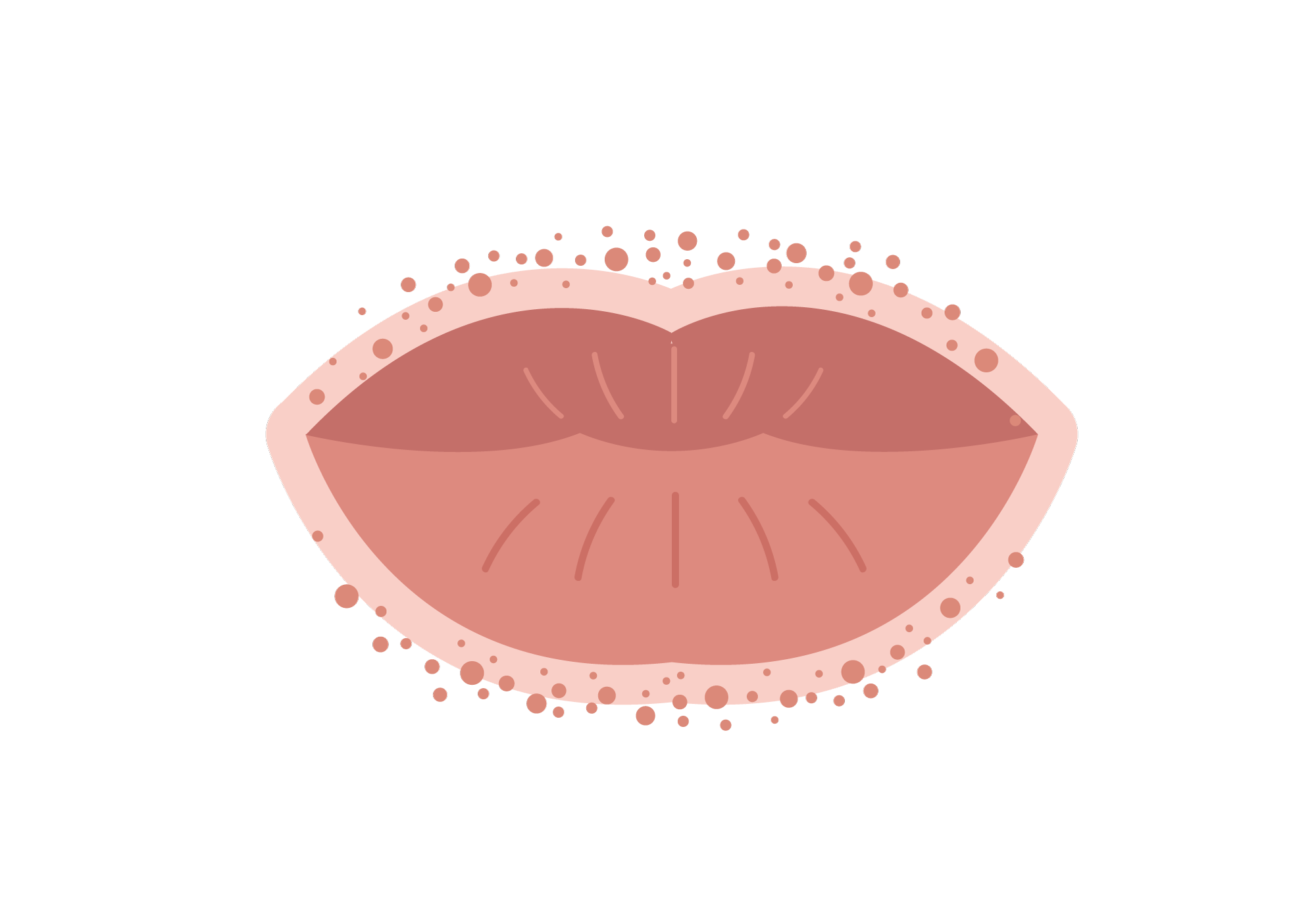
Rash Around the Mouth & What Causes a Lip Rash | Buoy
Itchy Lips: Causes and Prevention:format(jpeg)/cdn.vox-cdn.com/uploads/chorus_image/image/43437774/3403153712_5a89a2b137_o.0.0.jpg)
It's true: ChapStick can be habit-forming for some people - Vox
The Common Ingredient In Your Chapstick You Might Be Allergic To - SmartFem Magazine
Eos Lip Balm Rash Cure - chapstick
Here's How To Actually Heal Your Dry, Chapped Lips
Lipstick Allergy - What I am allergic to and how to speed up healing - YouTube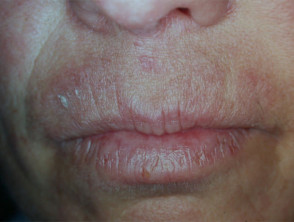
Allergic contact cheilitis | DermNet NZ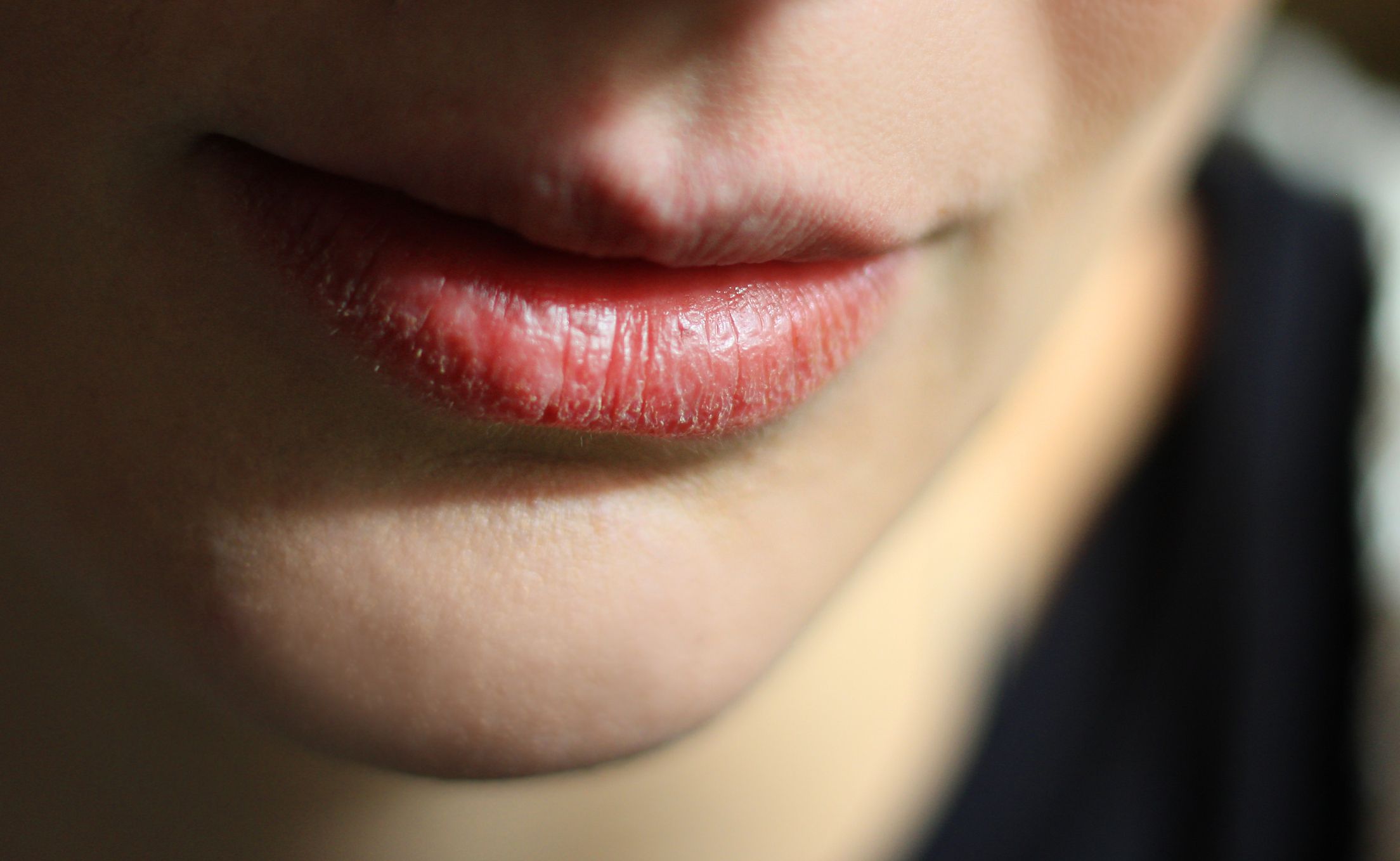
10 Signs Your Peeling Lips Mean Trouble - Chapped Lips Treatments
Allergic contact cheilitis | DermNet NZ
Allergic reactions to lip balms and chapsticks such as Burt's Bees, Eos, Blistex, Carmex, and others
EOS lip balm caused blisters, rash, lawsuit claims
Allergic Reaction To Chapstick Cure - chapstick
14 Best Lip Balms with SPF in 2020 - Moisturizing Lip Sunscreens
Itchy Lips: Causes and Prevention
Addicted to lip balm? You might be allergic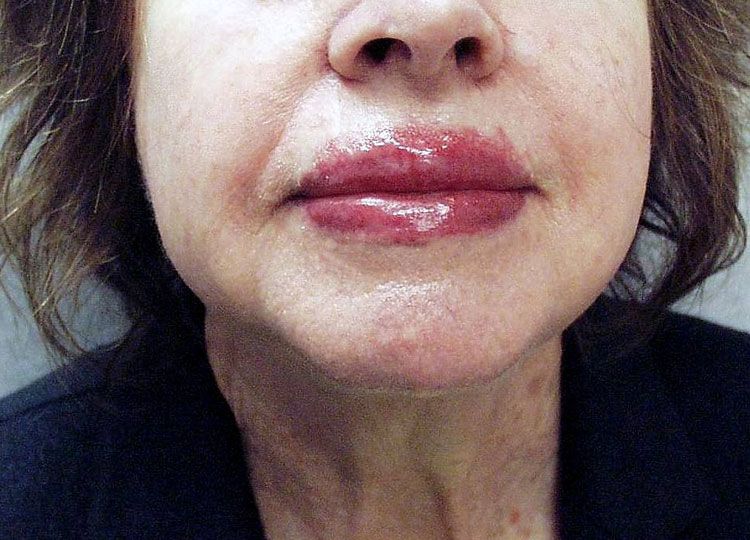
Allergic Reaction to Ingredient in Lipstick
Chapped Lips: Causes, Treatments, and Prevention | Everyday Health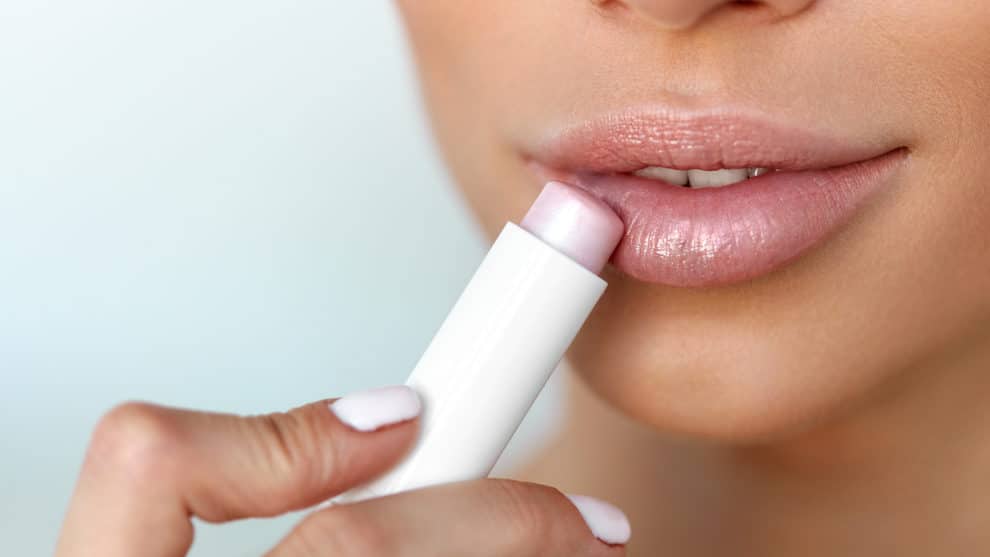
What You Need to Know About Lip Balm | Short Hills Dermatology
.JPG) Allergic To Chapstick Symptoms - chapstick
Allergic To Chapstick Symptoms - chapstick






















:format(jpeg)/cdn.vox-cdn.com/uploads/chorus_image/image/43437774/3403153712_5a89a2b137_o.0.0.jpg)
















Posting Komentar untuk "how to treat allergic reaction to chapstick"